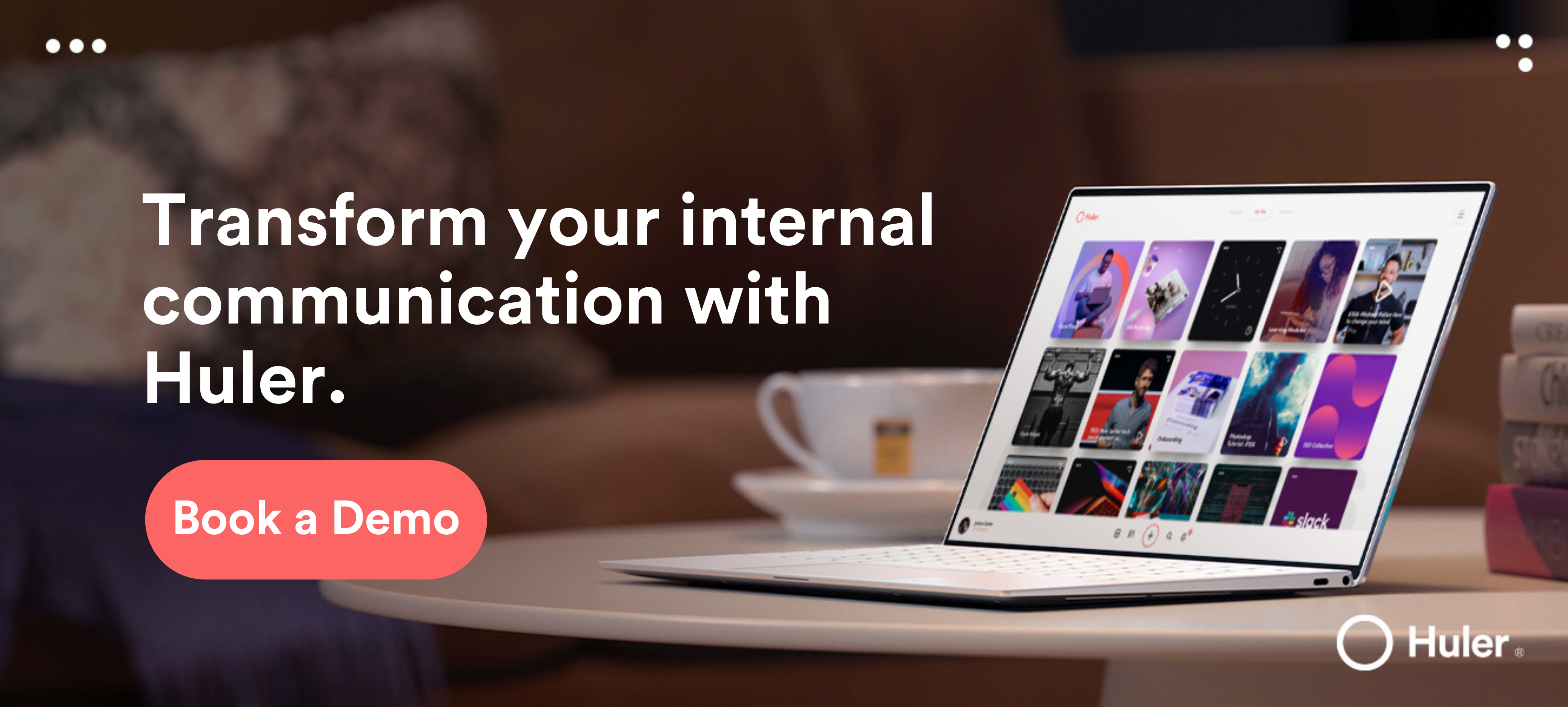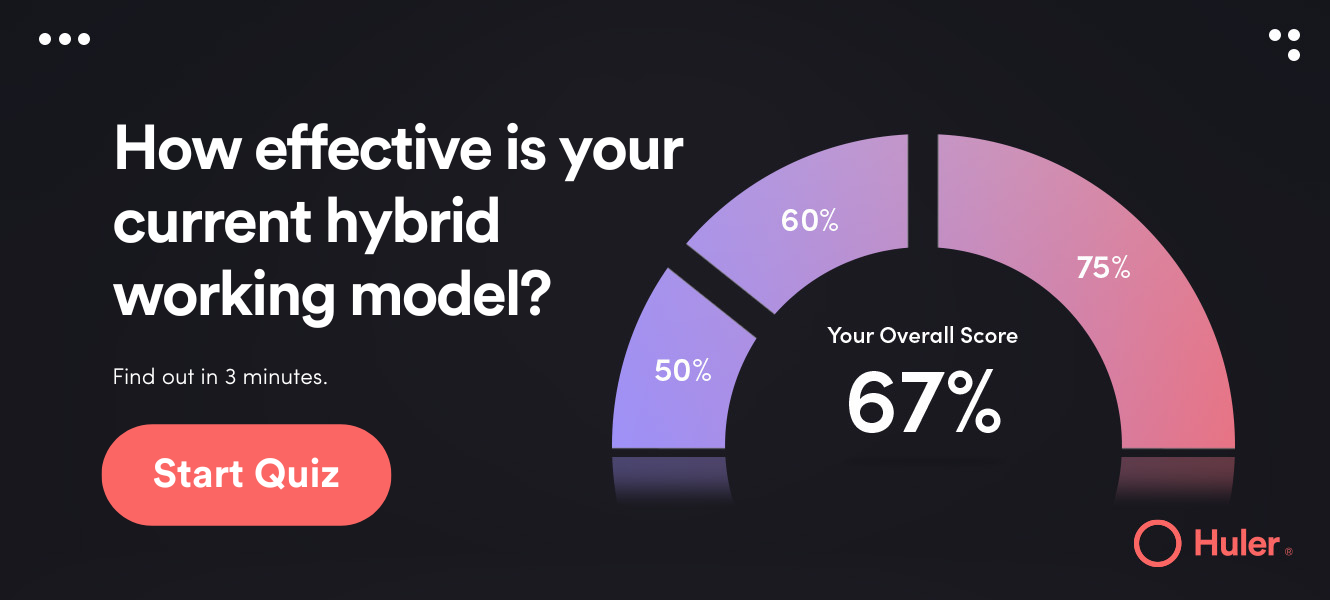It’s no secret that employees are critical to business success. Over the past two years, there has been a significant shift towards more businesses leading with a people first approach to traditional HR practices. With leaders across all departments working collaboratively to ensure their people are engaged and happier at work, resulting in high performance, increased length of service and improved employee wellbeing.
In a recent study by Gartner¹, they found that businesses leading with a human-centric/ people first approach were…
- 8 times more likely to be high performing
- 2 times more likely to enjoy high intent to stay
- 1 times more likely to see low levels of fatigue
Once thought of as a ‘nice to have’ approach, employees now expect and assume it as normal, resulting in one in three people looking elsewhere for jobs. For this reason, it has never been more important to lead with a people-first mentality, helping not only to attract the best talent, but also to retain it.
Omnichannel communication
In a world where most businesses use multiple methods of communication (Email, Intranet, Instant Messaging (Microsoft Teams/ Slack), centralising communication channels and ensuring they are well managed can become a challenge.
By offering a variety of channels for employees to choose from, omnichannel communication can enhance your employee experience in several ways;
- Improved response times, as employees choose the most appropriate channel for their needs
- Greater flexibility, supporting employees to communicate with each other and with customers, from anywhere, at any time and across multiple devices
- Enhances collaboration, by communicating and sharing information in real time, regardless of working location
- Increases productivity by allowing employees to communicate and collaborate more efficiently
- Ensures content can be audience managed and personalised ensuring communication received is relevant and meaningful, especially across dispersed workforces
Whilst omnichannel communication certainly has its benefits, when not managed effectively, it can easily contribute to digital burnout. With more communication channels comes more notifications, across mobile, desktop, tablet and even your smart watch, it becomes harder to switch off the digital noise.
Integrating technology into wellbeing strategies
As a provider of work-tech software, we value the role that technology can play in our wellbeing strategies but this is always to bolster our in-person touch points, never to replace them. Through systems like HulerHub, you can support and protect people’s wellbeing by…
- Supporting healthy relationships in the workplace through employee recognition tools
- Support onboarding, quickly aligning new starters with company culture, values and colleagues
- Reducing siloed working and building healthy working relationships
- Reduce information overload due to siloed data in too many places, along with poor data access and governance by giving employees a central source of truth for all the information they need, creating less reliance on other methods of communication and reducing email overload
- Promoting work wellness programmes – facilitating access to wellbeing resources, EAP and health providers, sharing wellness stories, experiences and tips through a variety of content sources
Making data-driven decisions
Capturing and utilising insightful metrics through all elements of your employee experience journey, can lead to increased employee engagement and a more positive work environment.
- Regular pulse/ listening surveys give your employees an opportunity to be heard, demonstrating their needs and concerns are being taken into account. Outputs from these surveys can inform strategy, prioritise goals and objectives, identify risks and plan ahead
- Data can help eliminate subjectivity and bias in HR decision-making, which can be especially important in areas such as hiring and promotion
- Data-driven decisions are based on facts and evidence, which can help improve the accuracy of HR decisions. This can reduce the risk of making mistakes or poor decisions that could have negative consequences for the company or its employees.
Data can provide HR and people professionals with insights and information that they may not have had access to previously, which can lead to better, more informed decisions, but it’s also easy to lose that human touch. At Huler, we use data-driven decision making to help streamline and inform our people processes, and to give multiple opportunities for employee feedback through our employee experience journey. It also matters to us, that we never use tech-led data capture to replace our in-person touch points. The balance of both, can support HR and people teams to make more data driven, human centric decisions.
Globalisation and Mobilisation of Talent
Globalisation has had a significant impact on the field of HR, particularly through increased mobility of talent. It has become easier for employees to work from anywhere and organisations can now recruit from anywhere in the world, giving access to an increased talent pool and unprecedented access to more skills, knowledge and expertise.
The globalisation and mobilisation of talent will require HR and business leaders to use new and more engaging strategies across recruitment, onboarding, employee engagement, talent management, communication, succession planning and managing a diverse and mobile workforce.






